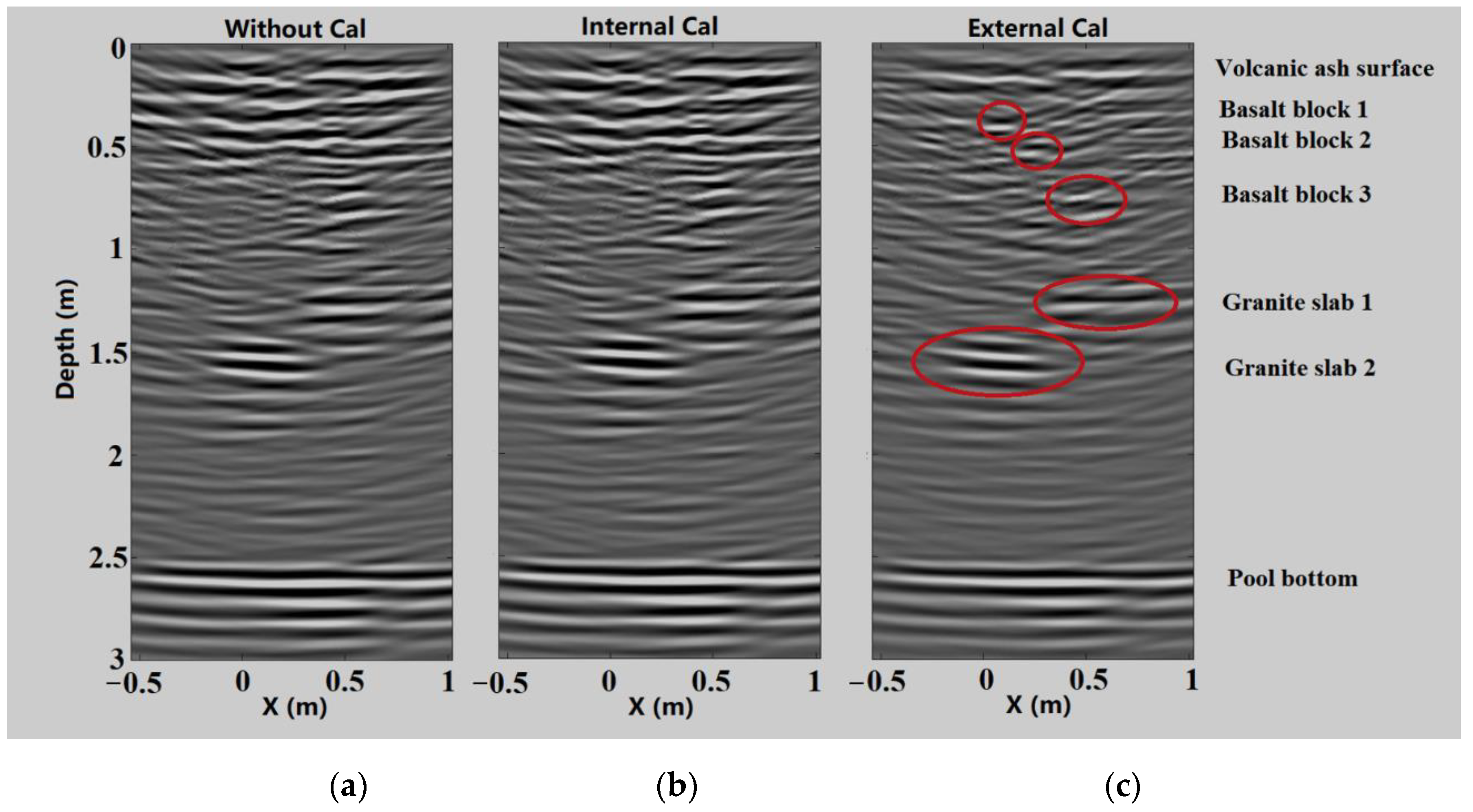
- #HOW TO CALIBRATE SPACE BLOCK SET ON LAB MASTER HOW TO#
- #HOW TO CALIBRATE SPACE BLOCK SET ON LAB MASTER UPDATE#
#HOW TO CALIBRATE SPACE BLOCK SET ON LAB MASTER UPDATE#
Shall update the Calibration Database when required.ģ.2.4. Shall publish the calibration status report on a monthly basis.ģ.2.3. Shall evaluate and document Calibration Intervals on an annual basis.ģ.2.2. It is the equipment user’s responsibility to alert the Calibration Coordinator if Measurement and Test Equipment is not functioning correctly.ģ.2.1. It is the equipment user’s responsibility to alert the Calibration Coordinator if Measurement and Test Equipment requires new batteries.ģ.1.4. It is the equipment user’s responsibility to return Measurement and Test Equipment, if portable, to the Calibration Coordinator before the calibration due date expires.ģ.1.3. It is the equipment user’s responsibility to verify that the Measurement and Test Equipment is in calibration by checking the label(s) before use.ģ.1.2. Measurement and Test Equipment User/Ownerģ.1.1. Enrolment shall include Measurement and Test Equipment designated “Reference Only” and “No Calibration Required”.ģ.1. All Measurement and Test Equipment is to be enrolled in the Calibration Program and/or the Preventative Maintenance Program. This procedure states the documentation requirements for equipment calibrated by in-house personnel.Ģ.5. This procedure shall provide instructions for the management of calibrations performed on Measurement and Test Instruments by service organizations, original equipment manufacturers, contractors, or laboratories (herein referred to as Contractor) and to ensure traceability to National or International Standards.Ģ.4. This also includes process control devices with the potential to impact product quality.Ģ.3. Measurement and Test Equipment are those devices used to test, measure, evaluate, inspect, or otherwise examine materials, supplies, equipment, and systems, or to determine compliance with specifications.Ģ.2. This sample calibration procedure defines the calibration program requirements for all Measurement and Test Equipment (MTE).Ģ.1. What does each mark on the reticle represent?įor further information you may want to view this link about eyepiece reticle calibration.1.1. At the 16 mark on the reticle, we notice 60 lines on the stage micrometer. When looking at it with the reticle, you notice that the lines converge at 8 and again at 16. That means that each division is one one-hundredth of a mm (.01mm or 10um). Quiz time: Our stage micrometer has a line 1mm long with 100 divisions.


When you switch to a different objective, you must recalibrate. Remember, this distance between reticle lines is only good for that particular objective lens and it may not come out to be a nice round number. The wider the interval, the more accurate your results should be. If we use 90 and 61 (610um) we get 6.8um. Notice that they line up again at 60 but alignment is off by one at 90. Cross multiply, you get 30X=200um, solve for X by dividing both sides by 30 and X equals 6.7 um.
#HOW TO CALIBRATE SPACE BLOCK SET ON LAB MASTER HOW TO#
Remember how to do a ratio? Two fractions, 30 over 200 equals 1 over X. So what does one division on the reticle equal? Let's see, 30 is to 200 as one is to X. 30 divisions of the reticle (eyepiece micrometer) equal 200 micrometers. How many divisions? Did you say 20? You are right! And, if each line is 10um wide, what will 20 lines equal? Answer: 200um. If you look at the 30 mark on the reticle, you will see pretty close alignment with the stage micrometer.

When the zero marks are lined up, scan across and look for a convenient point where the lines converge again. We don't need to know the actual distance between marks on it.

The eyepiece micrometer is divided into 100 units. Hint, you move the decimal point over three places to the right to change mm to micrometers. The stage micrometer is 1 mm long with 100 divisions so each division of the stage micrometer is one one-hundredth of a mm (0.01mm or 10 um). In the example above, the eyepiece micrometer (reticle image) is on the top and the stage micrometer image is on the bottom. You can then use a simple ratio to determine the value that each line represents in your reticle. Now, carefully scan over until you see the lines line up again. To properly calibrate your reticle with a stage micrometer, align the zero line (beginning) of the stage micrometer with the zero line (beginning) of the reticle.


 0 kommentar(er)
0 kommentar(er)
